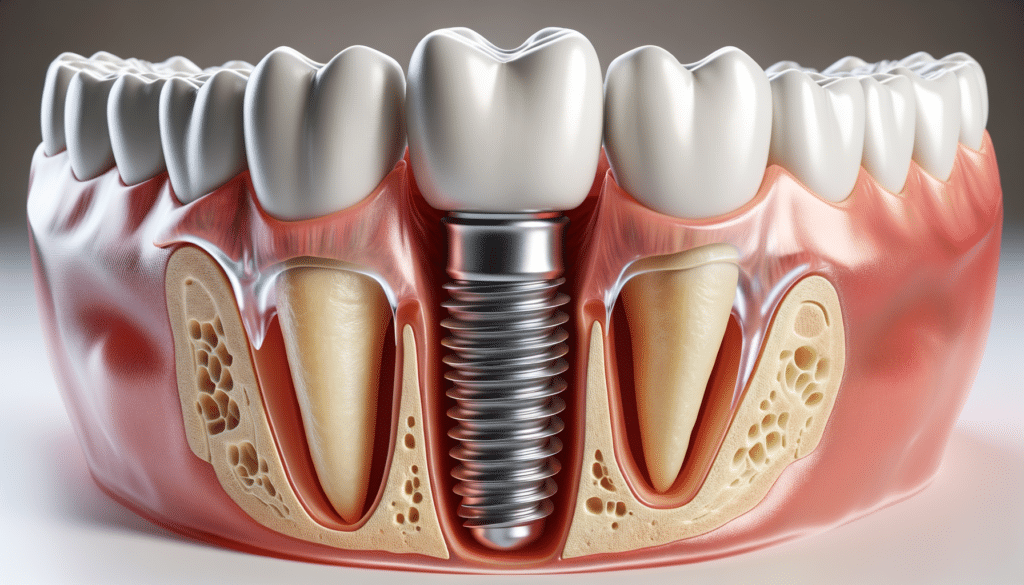Dental Implants: A Comprehensive Overview
Dental implants have revolutionized the way we approach tooth replacement, offering a durable and effective solution for those missing one or more teeth. Unlike traditional dentures, implants provide a fixed solution that mimics the natural tooth structure. The implant itself is a small titanium post that is surgically placed into the jawbone, serving as a replacement for the root of a missing tooth. Over time, the bone integrates with the titanium, creating a strong foundation for the artificial tooth, known as the crown.
One of the key advantages of dental implants is their ability to preserve jawbone health. When a tooth is lost, the bone that once supported it begins to deteriorate. Implants help stimulate the bone, preventing this loss and maintaining the facial structure. Moreover, implants do not require the alteration of adjacent teeth, a common necessity in bridgework, thereby preserving the natural tooth structure.
For those considering dental implants, it’s essential to consult with a dental professional to determine if they are a suitable candidate. Factors such as bone density, overall health, and oral hygiene play critical roles in the success of the implant procedure. With proper care, dental implants can last a lifetime, making them a worthwhile investment for many individuals.
Exploring Tooth Replacement Options
When it comes to replacing missing teeth, several options are available, each with its own set of benefits and considerations. Dental implants are often regarded as one of the top solutions due to their durability and natural appearance, but it’s important to evaluate all possibilities:
- Dental Bridges: These are a common alternative to implants, especially for those who may not be suitable candidates for surgery. Bridges involve creating a false tooth, or pontic, that is held in place by crowns on the adjacent teeth. While effective, bridges require the modification of healthy teeth, which can be a downside for some.
- Partial Dentures: For individuals missing multiple teeth, partial dentures offer a removable solution. They are typically less expensive than implants and can be adjusted as needed. However, they may not provide the same level of comfort and stability as implants.
- Full Dentures: These are used when all teeth in an arch are missing. While they restore function and aesthetics, dentures can sometimes slip, causing discomfort. Dental implants can be used to anchor dentures, improving their stability.
Deciding on the right tooth replacement option requires a thorough assessment of one’s dental health, lifestyle, and budget. Consulting with a dental professional can provide valuable insights and help tailor a treatment plan that meets individual needs.
Understanding Dental Implant Recovery
Recovering from dental implant surgery is a crucial phase in the treatment process, and understanding what to expect can help ensure a smooth healing journey. The recovery period varies among individuals, but there are general guidelines that can aid in the process.
Immediately following the surgery, patients may experience some swelling, bruising, and minor bleeding. These symptoms are typically manageable with prescribed pain medication and by following the dentist’s post-operative instructions. Applying ice packs and maintaining a soft-food diet can also help alleviate discomfort.
During the initial weeks, it’s essential to maintain excellent oral hygiene to prevent infection. This includes gentle brushing around the implant site and using an antibacterial mouthwash as recommended. Regular follow-up visits with the dental professional are crucial to monitor healing and ensure the implant is integrating well with the jawbone.
In most cases, the bone will fully integrate with the implant over a period of three to six months. Once this osseointegration is complete, the final crown can be attached, restoring full function and aesthetics. Adhering to the dentist’s guidelines and maintaining regular dental check-ups will contribute to the long-term success of the implant.


